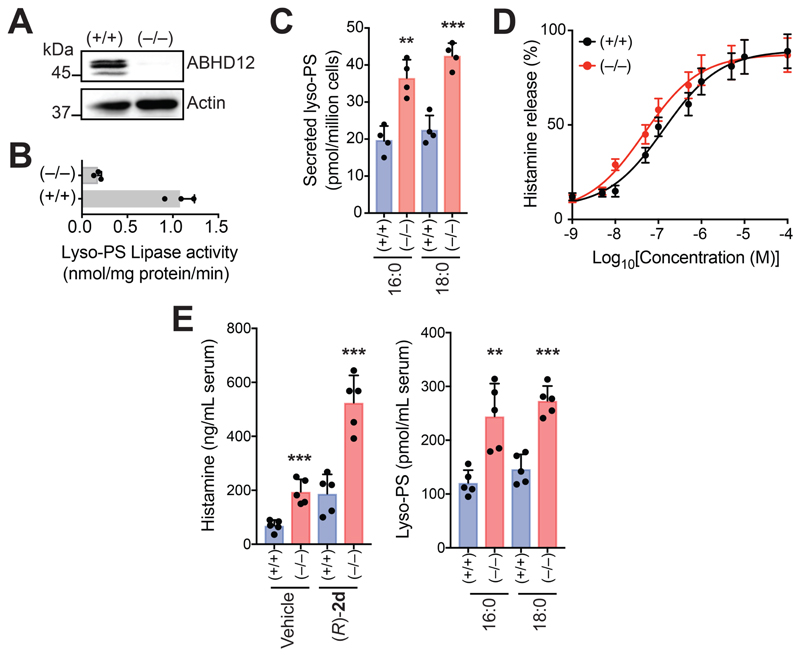Figure 6. ABHD12 controls concentrations of LC lyso-PSs in primary mast cells, and thereby serum histamine levels.
(A) Representative western blot and (B) lyso-PS lipase activity assay (100 㭜M 1a (C16:0 lyso-PS), 30 mins, 37 °C, n = 3/group), showing the loss of ABHD12 in PCMCs derived from ABHD12 knockout (–/–) mice. (C) Concentrations of lyso-PS secreted from cultured PCMCs derived from wild type (+/+) or ABHD12 knockout (–/–) mice, showing significantly increased 1a (C16:0 lyso-PS) and 1b (C18:0 lyso-PS) secretion from ABHD12-null PCMCs (n = 4/group). (D) Histamine release profiles from PCMCs derived from wild type (+/+) or ABHD12 knockout (–/–) mice treated with 1a (C16:0 lyso-PS) (1 nM to 10 mM, 30 mins, 37 °C, n = 3/data point). (E) Left, Serum histamine levels in (+/+) or (–/–) mice following intravenous injections with vehicle (PBS) or (R)-2d (C16:0) (1 mg/kg, 2 hours), showing increased serum histamine concentrations in the (–/–) mice compared to (+/+) controls for both treatments (n = 5/group). Interestingly, systemic administration of (R)-2d (C16:0) in (+/+) mice, produces significantly more circulating serum histamine compared to the vehicle group, showing that (R)-2d (C16:0) by itself can induce histamine release from mast cells in in vivo settings. Right, Serum lyso-PS concentrations in (+/+) or (–/–) mice, showing increased concentrations of circulating 1a (C16:0 lyso-PS) and 1b (C18:0 lyso-PS) in (–/–) mice, corroborating the increased serum histamine levels seen in these mice (n = 5/group). All data presented in this figure is represented as mean ± standard deviation from at least n independent experiments. **p < 0.01, and ***p < 0.001 versus (+/+) group by Student’s two-tailed t-test.

